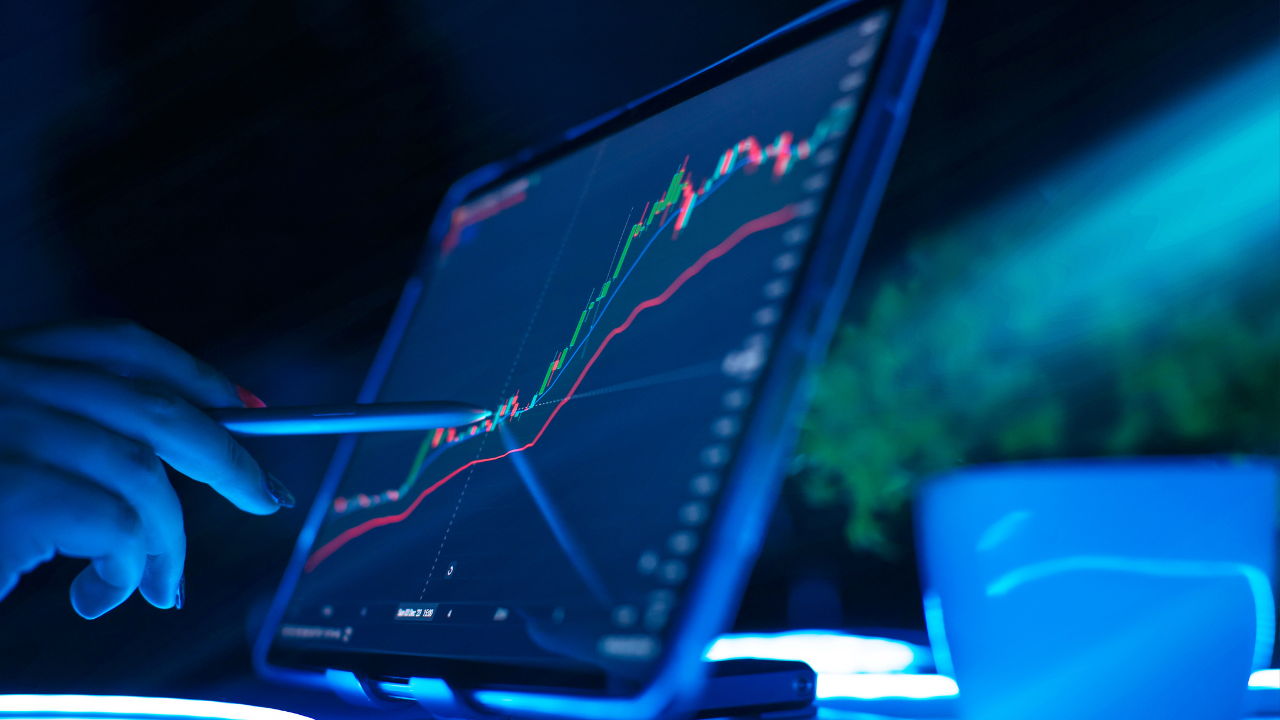
By: Bithi
Published on: May 29, 2025
In a sharp and surprising move, the Dow Jones Industrial Average surged by 741 points, reflecting strong market optimism after a recent downturn. At the center of this bullish sentiment was the SPDR Dow Jones Industrial Average ETF Trust (DIA), which saw a massive $167 million inflow in assets in just one trading day. This investor behavior signals renewed confidence in the U.S. economy and blue-chip stocks.
With macroeconomic uncertainty slowly easing and earnings beating expectations across several Dow components, market participants are once again embracing index ETFs. Here’s a detailed breakdown of why DIA is attracting so much capital and what it means for the broader market.
The DIA ETF is one of the oldest and most established exchange-traded funds in the U.S., tracking the Dow Jones Industrial Average (DJIA). It provides exposure to 30 of the largest and most influential companies in the country, including names like Apple, Microsoft, Boeing, and JPMorgan Chase.
When investors pour money into DIA, they’re essentially betting on the health of traditional, industrial-heavy sectors that form the backbone of the American economy. A large inflow into DIA typically indicates a broader shift toward “safe-haven” blue-chip assets during times of market volatility or economic recovery.
The $167 million injection into DIA signals a large-scale reallocation of capital by institutional and retail investors alike. Several key factors have contributed to this inflow:
A 741-point gain in a single trading session is a significant movement—equivalent to a gain of over 2% in the index. This kind of rally draws in short-term traders, swing traders, and long-term investors, all looking to ride the momentum. DIA, being the most direct way to gain exposure to the Dow, naturally becomes the top choice.
Data from recent weeks suggests inflation is gradually coming under control, and the Federal Reserve may pause its interest rate hikes. Lower inflation and a stable rate environment are both bullish for equities, especially large-cap industrials and financials.
Many Dow-listed companies have reported better-than-expected earnings, including Caterpillar, Goldman Sachs, and Johnson & Johnson. These results have renewed faith in the profitability and resilience of blue-chip stocks.
With tech stocks having run their course earlier in the year, investors are now rotating into value stocks, which are well represented in the Dow. DIA offers a simple and liquid way to tap into this trend.
The Dow Jones Industrial Average has lagged behind tech-heavy indices like the Nasdaq over the past year, but that seems to be changing. The recent surge and increased interest in DIA show that investors believe in a cyclical rebound.
Sectors such as industrials, healthcare, and financials—all of which are well represented in the Dow—are outperforming as the U.S. economy shifts into post-inflation growth mode.
Interestingly, while DIA received $167 million, other major ETFs such as the SPY (S&P 500 ETF) and QQQ (Nasdaq 100 ETF) saw relatively muted inflows. This divergence suggests a more targeted investor focus on Dow components rather than the broader or tech-heavy markets.
Both hedge funds and retail traders are contributing to this trend. On platforms like Robinhood and eToro, retail interest in DIA has seen a notable uptick. At the same time, institutional investment firms are taking larger positions in blue-chip equities due to their stable dividends and lower volatility.
If you're an investor looking for steady growth, lower volatility, and strong dividends, DIA may be a compelling addition to your portfolio. The large asset inflow suggests growing market confidence, and the ETF’s structure makes it ideal for both short-term trades and long-term holdings.
Key benefits of investing in DIA now include:
Exposure to time-tested, financially sound companies
A defensive play in uncertain macro environments
Access to high-dividend, value-oriented stocks
Relative stability compared to high-volatility tech or growth stocks
While optimism is high, investors should remain cautious of:
Sudden reversals in Federal Reserve policy
Geopolitical tensions or energy supply shocks
Underperformance from key Dow components like Boeing or Disney
Broader macroeconomic surprises, such as job market weakening
According to JP Morgan analysts, the inflow into DIA may continue if inflation data continues to decline and GDP growth holds steady. “The Dow is finally getting the attention it deserves after being overshadowed by tech,” said one strategist.
Meanwhile, Goldman Sachs pointed out that the DIA’s sharp rise could be partially technical, fueled by short squeezes and algorithmic trading—but that the long-term case remains bullish due to “structural rotation into value.”
As the second half of 2025 approaches, market analysts expect the Dow to hit fresh highs—possibly crossing the 40,000-point milestone. If that happens, DIA could see further inflows and become the go-to ETF for conservative investors.
The DIA’s $167 million inflow and the Dow’s massive 741-point rally are more than just numbers—they’re a reflection of shifting investor sentiment, confidence in economic recovery, and a tactical move toward value stocks. For traders and long-term investors alike, this could mark the beginning of a powerful new trend.
Whether you’re diversifying your portfolio or making a tactical short-term move, DIA appears well-positioned for continued strength in 2025.
Comments
No comments yet. Be the first to comment!
Leave a Comment